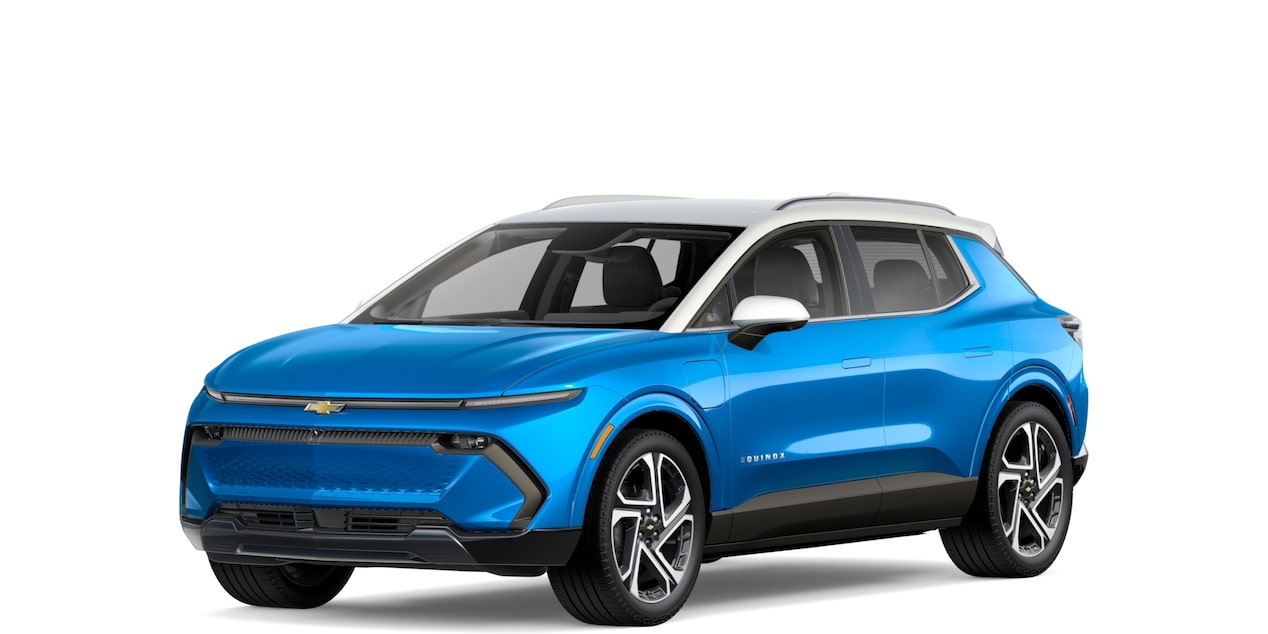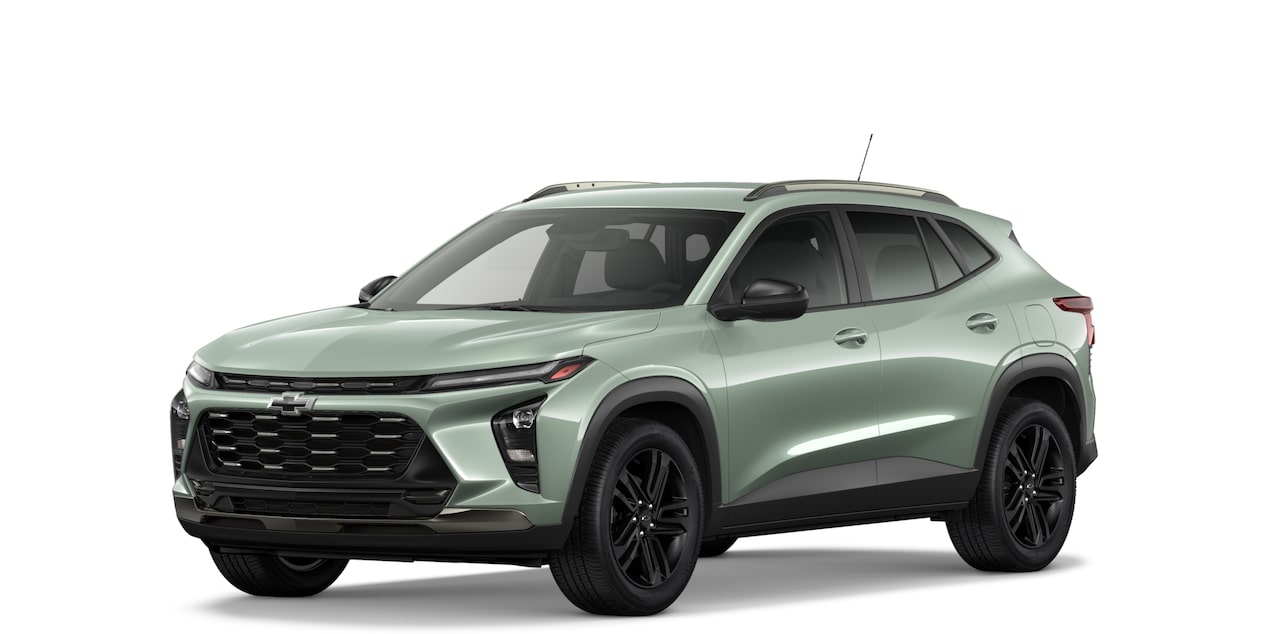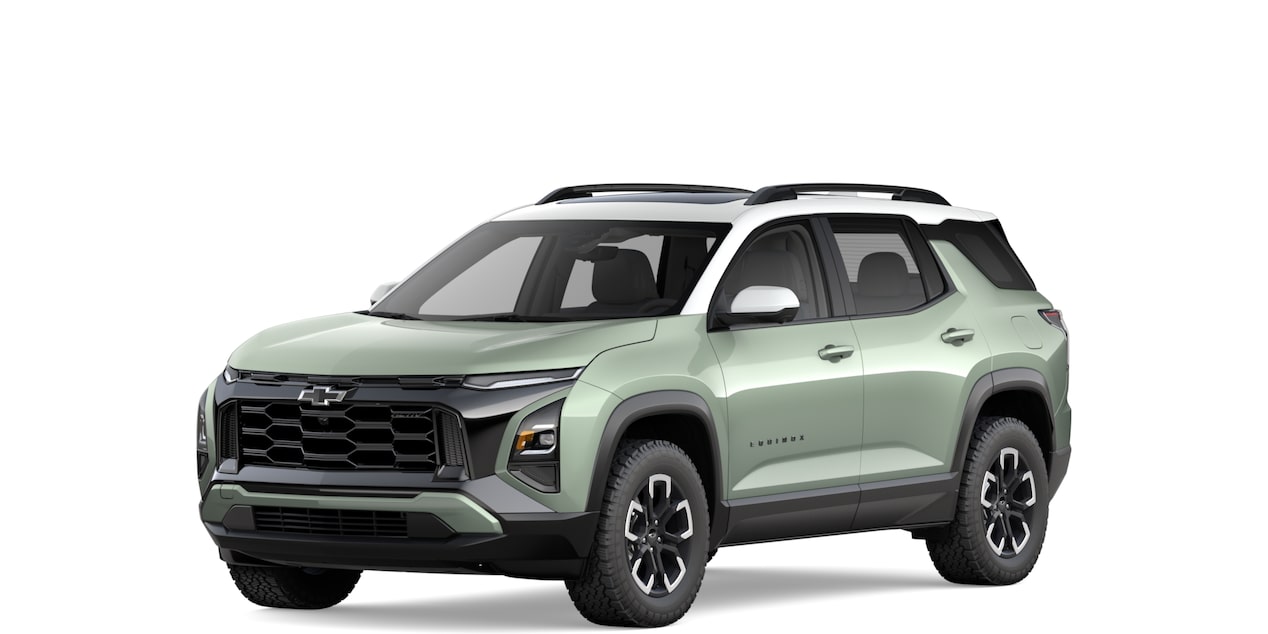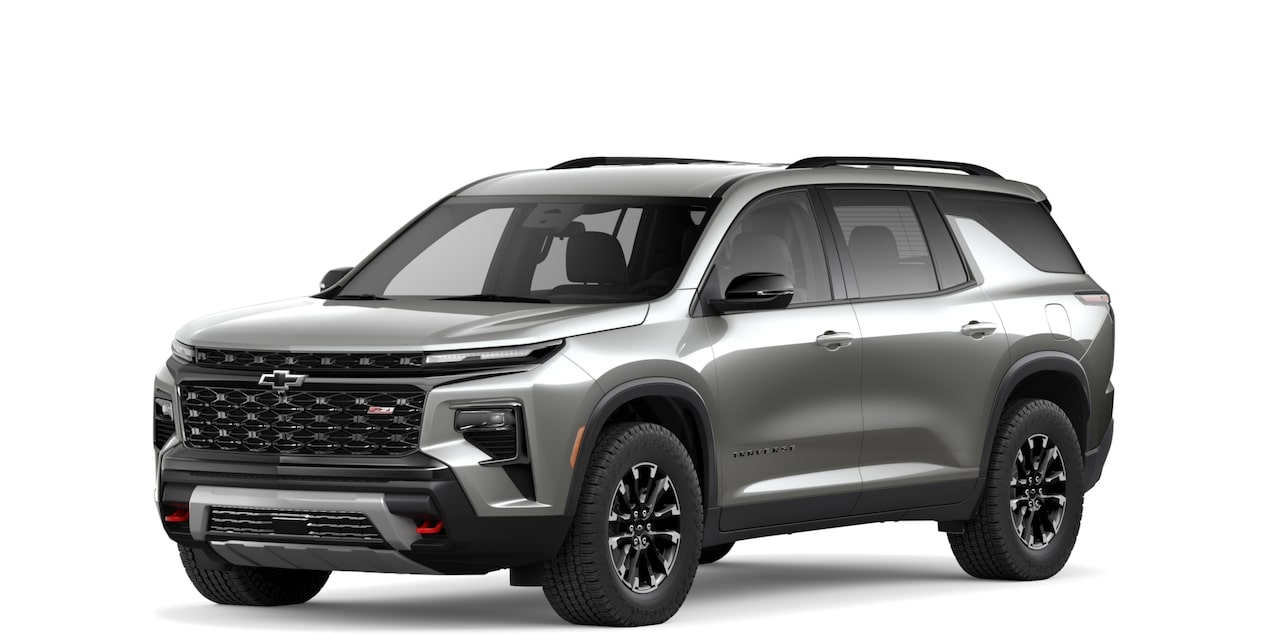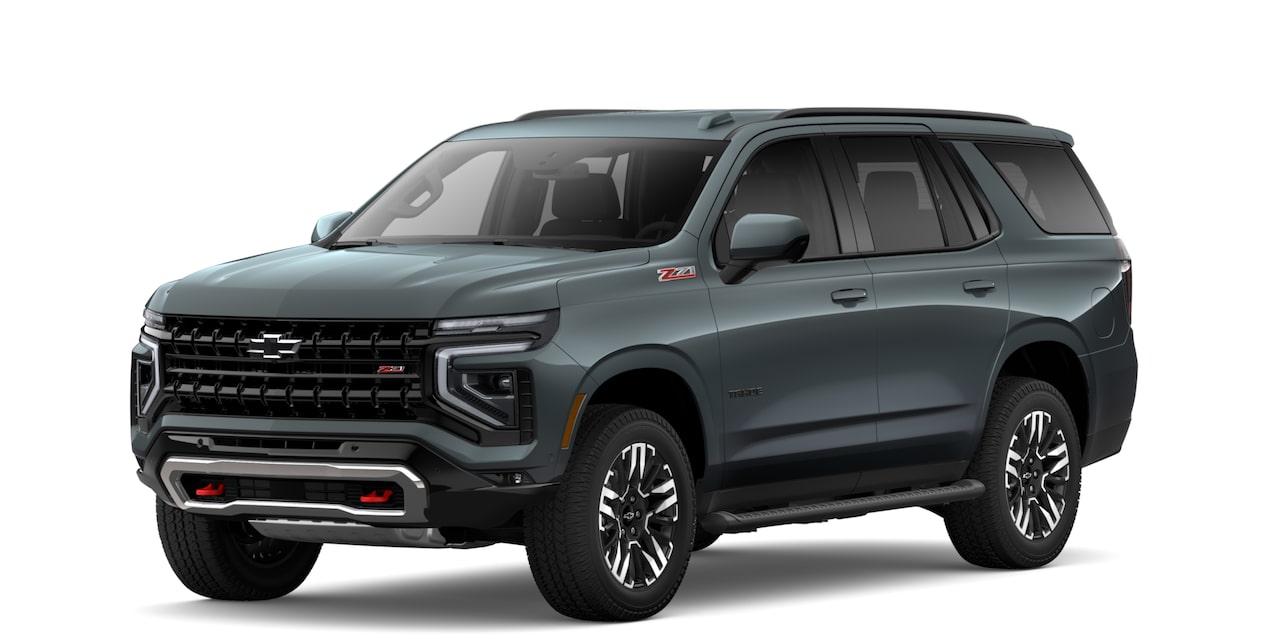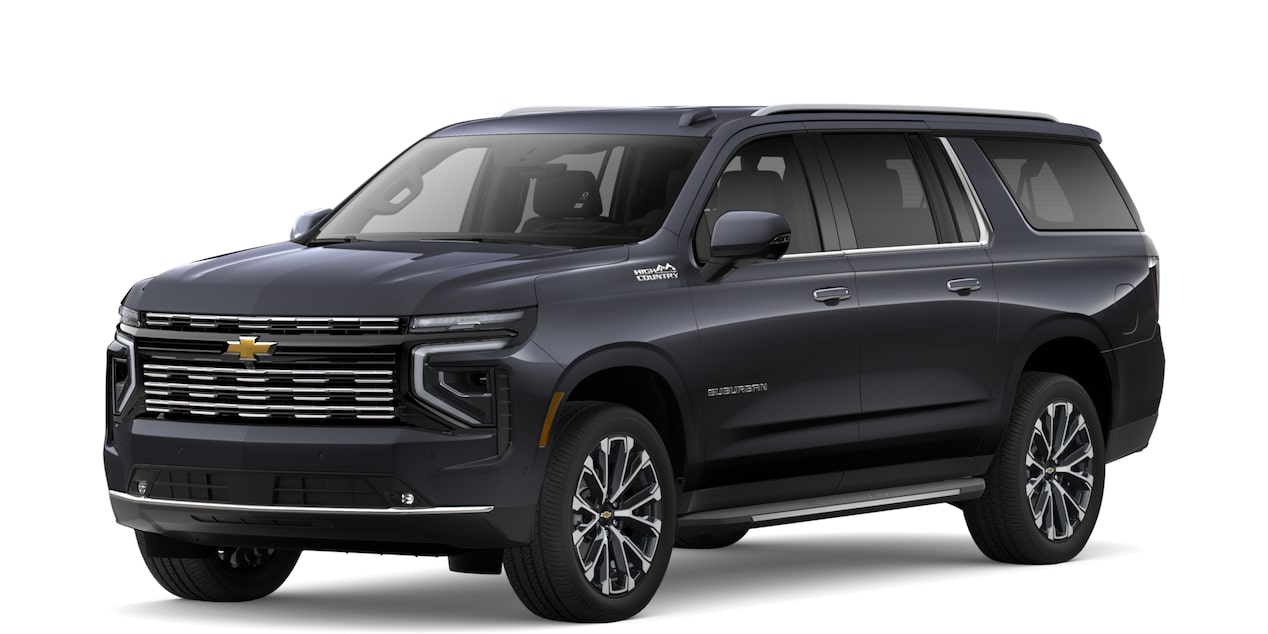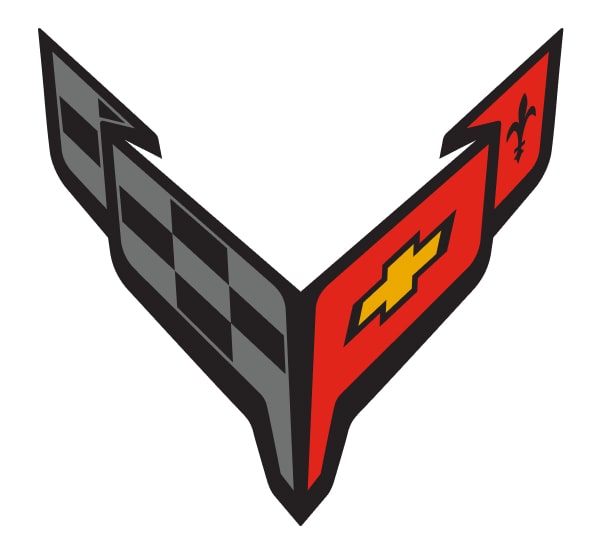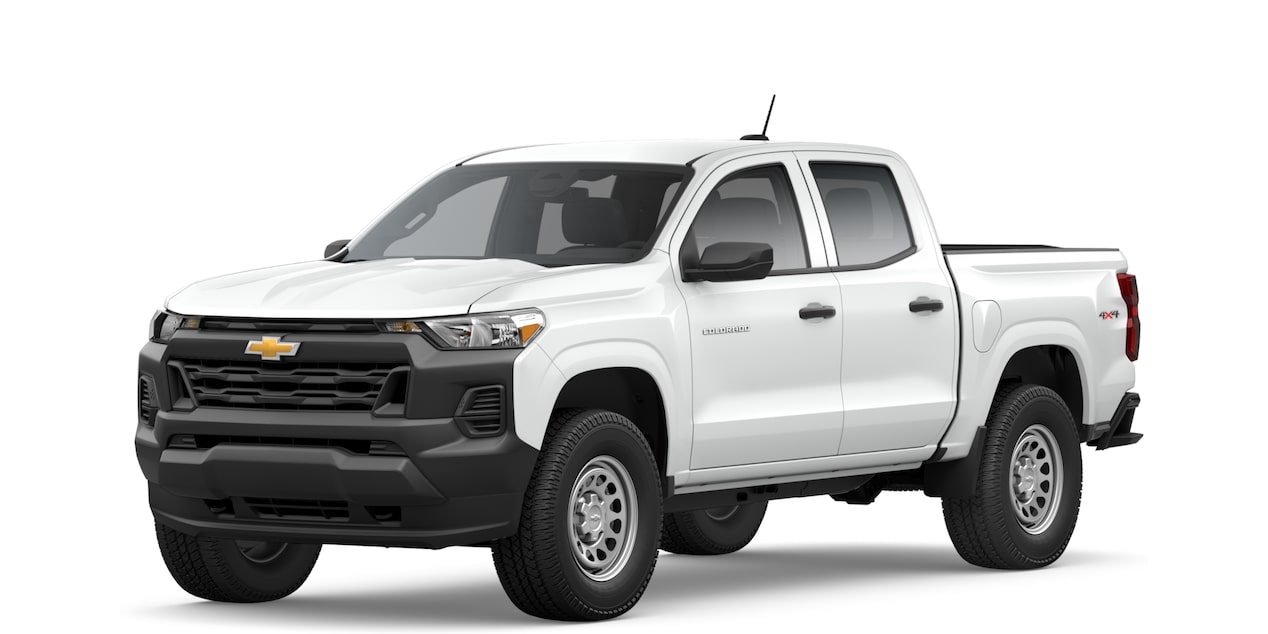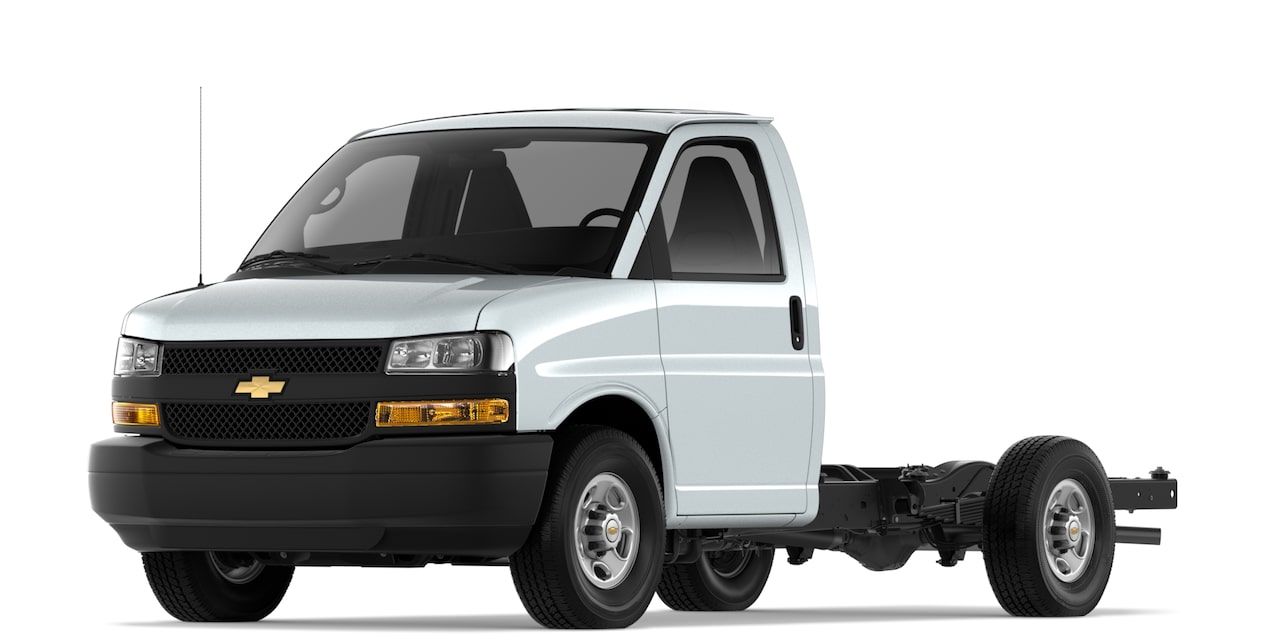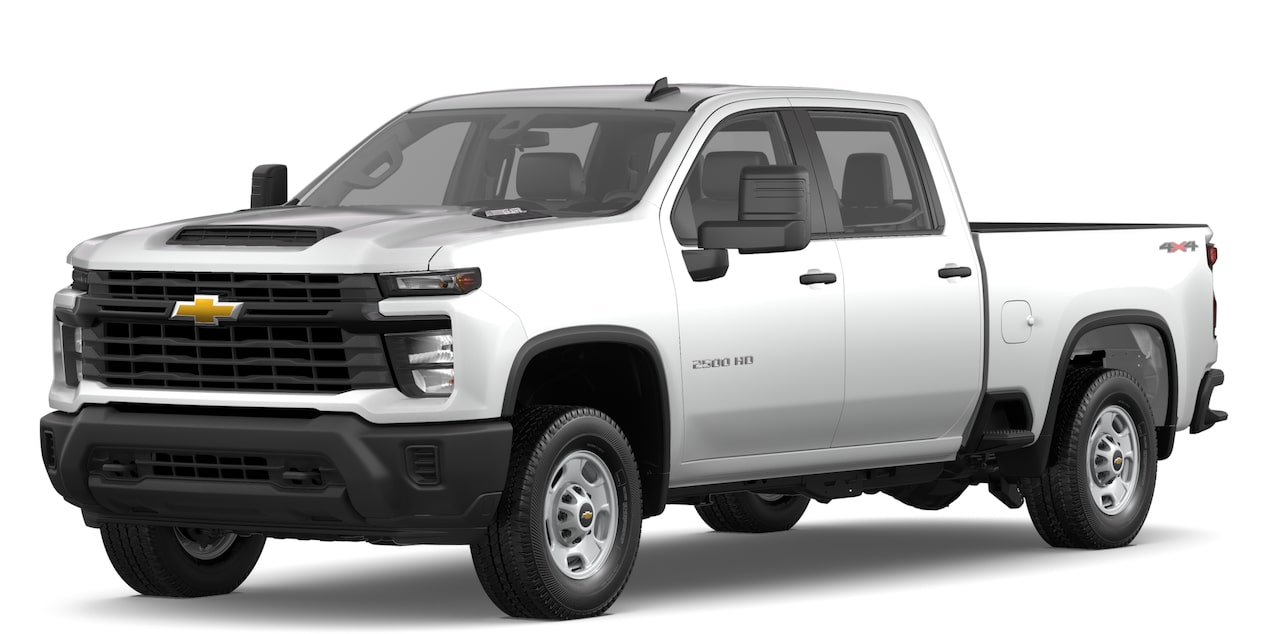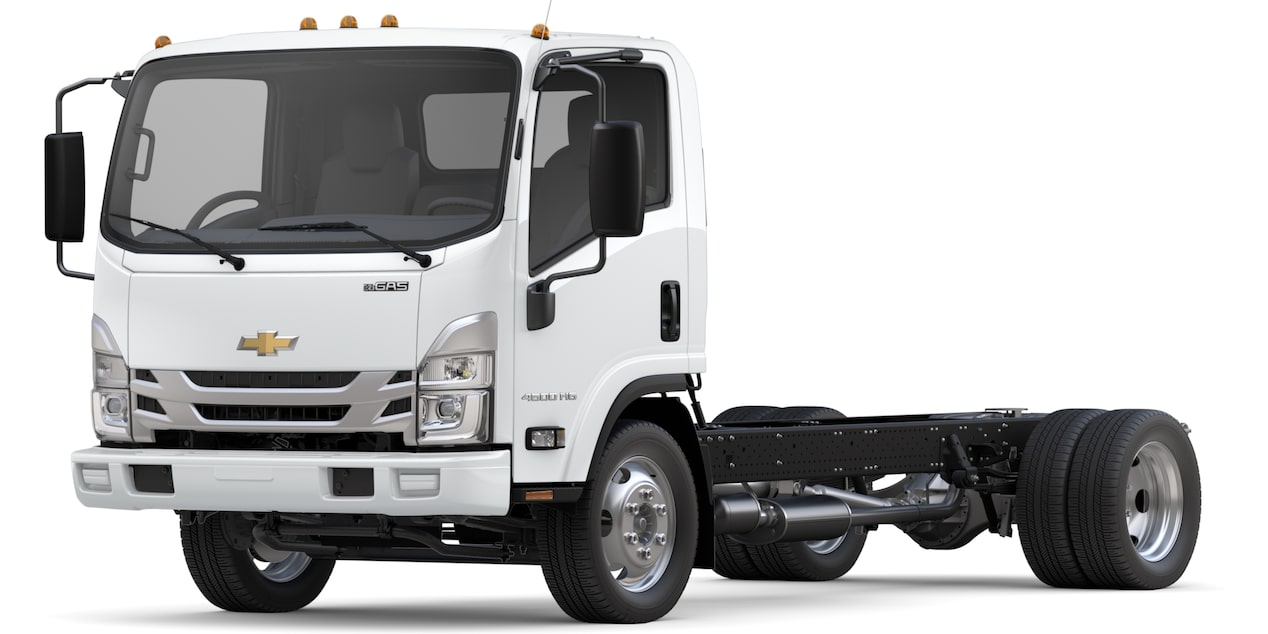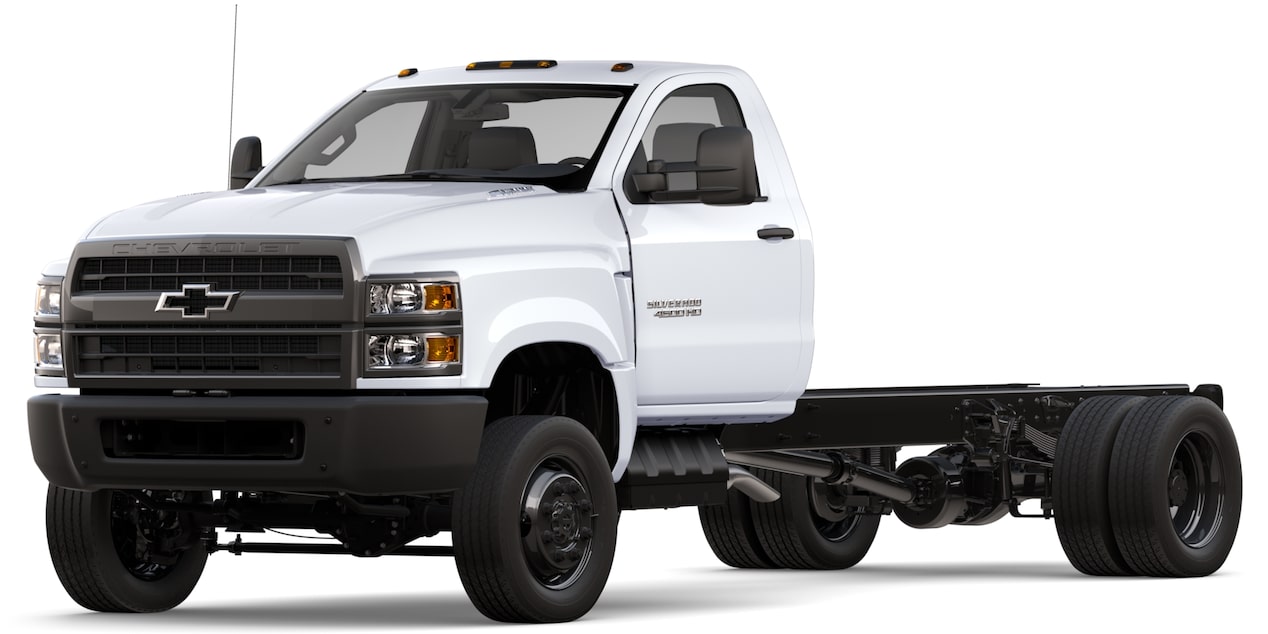
Published 12/19/23
Multimatic DSSV Technology is in the Desert and on the Road
WORDS: DAN HODGDON
PHOTOS: THE BLOCK
Share on
Share on
Visit us at
Visit us at
Multimatic is one of the globe’s leading names in the automotive industry. According to the company’s website, it supplies “innovative components, systems, complete vehicles and engineering services to customers around the world.”
Included in that broad statement is a longstanding relationship with General Motors, Chevrolet and Chevrolet Performance.

Hall Racing has tested and validated wide-ranging components, including Mutlimatic’s DSSV damper technology.
Today, Multimatic’s DSSV dampers are a major component of the current-model Chevrolet Colorado ZR2, Silverado ZR2 and Silverado HD ZR2 trucks, as well as their GMC AT4X sister variants, available to customers off the showroom floor. The technology was first used and tested for the truck market by Chad Hall and his Chevrolet-backed Hall Racing team. Each year, Hall competes in a variety of grueling off-road events including the Mint 400, the Baja 1000, a variety of Best in the Desert-sanctioned races and more.
But this innovative spool-valve shock-absorber technology derives from what many consider the pinnacle of motorsports.
“The spool-valve dampers came from Formula One racing,” says John Sillanpaa, Vice President Operations, Multimatic Product Services. “We had teamed up with Chevrolet on the [Camaro] Z/28 originally and then the ZL1 1LE, taking that technology and putting it into a performance road car and making it accessible for the consumer.
“After that project, we started work on the Colorado ZR2 as the first application of spool-valve damping technology in an off-road truck. From there the product offerings have continued to grow and expand and now we're on the Silverado ZR2 as well with an improved product and next-generation-level performance for Chevrolet off-road trucks.”
That is an impressive pedigree. So, what exactly is DSSV technology?

A closer look at the Multimatic DSSV setup on a roadgoing Silverado ZR2.
The Multimatic team explains that a typical damper utilizes a stack of shims on a shock piston providing damping by regulating oil flow through a series of orifices as the piston moves up and down through the hydraulic fluid. However, a spool valve is a cylinder within the damper with laser-cut port windows. A shuttle moves inside each port and controls fluid flow. The port windows can be created in a variety of shapes to force a certain response, allowing the damping curve to be tailored to a particular vehicle.
“The biggest advantage is that we can have all kinds of different force curves you can't get with a shim stack, so it's tailoring the force curve to meet the vehicle’s needs,” says David Meyer, Product Line Manager, Dampers at Multimatic. “We can make that force curve almost any shape you want to tune your car to make it do what you want.”
It’s easy to see how this technology offers a massive benefit in the off-road world, where heavy trucks see high suspension velocities and lots of wheel travel. While the technology is the same as found in performance vehicles, the nature of off-road racing is much different than sports cars or open-wheel machines that sit low to the ground and stay planted to the pavement.
“The ability to tailor a force response curve is crucial in damping technology to give the vehicle the balance of ride comfort and handling control that it needs,” Meyer says. “We also designed multiple spool valves into our shocks to allow the on-road ride comfort and control to not be compromised, but to also add extreme performance. We can dial in massive amounts of damping force so the truck can absorb huge impacts when it hits something really harsh.
“But you don't sacrifice on-road ride by having that high-force damping response at the end of the travel. No compromises is what we offer with our hydraulic architecture as well as the spool-valve technology.”

Chevrolet ZR2 models, like the Colorado ZR2 seen here, utilize Multimatic’s spool-valve dampers.
Just as trucks in off-road competition see a wide variety of conditions, so too do trucks like Chevrolet’s ZR2 models that are used as daily drivers, to haul massive payloads, and for off-road fun. Lots of times, owners use them for all three.
“To tune for every single one of those applications, and to get it right, is extremely difficult,” adds Hao Wang, Multimatic Executive Director of Marketing and Communications and Business Development.
As Meyer notes, that type of use requires compromise from traditional technology. However, Wang explains DSSV allows Multimatic to address all of those areas independently thanks to dampers featuring multiple spool valves on ZR2 trucks.
Two unique spool valves, separately controlling damping forces in compression and rebound directions offer optimum ride comfort on the highway, while a third spool valve tackles rougher terrain. In addition, a fourth valve controls wheel-extension travel in extreme off-road conditions.

Hall Racing’s stock-production trucks competing in off-road classes are invaluable to Multimatic as the company tests its latest innovations.
For the Multimatic team, developing the technology requires constant evaluation of vehicle dynamics and structure to build dampers that can withstand the most grueling off-road conditions.
“We're a bunch of engineers, so we always look at it from a very analytical perspective and we always try to come up with equations to solve the problem,” Wang says. “In this specific case with spool-valve dampers there are a set of mathematical equations that can guide the amount of damping that a vehicle needs, and we use a lot of simulation work.
“We have driver simulators in our offices in Detroit and Toronto, and we use those extensively to come up with an analytical process integrated with a human driver to assess the performance of those vehicles during development. But at the end of the day, you've still got to put it on the truck and get it out there.”
Hall Racing gets those Multimatic parts out in the real world and pushes them to the limit, sometimes finding areas that need to be addressed. But that’s all part of the plan. Chad Hall himself also provides invaluable feedback to Multimatic and the entire Chevrolet Performance team.
“Off-road racing is a perfect environment to prove what you’re doing is working well,” Sillanpaa says. “I'd say with Chad Hall’s history and his successes that's physical proof that it's working.”

(From left) Hao Wang, John Sillanpaa and David Meyer of Multimatic.
The current-generation ZR2 models feature some updates in the DSSV dampers’ hydraulic architecture and rod size, along with better heat dissipation. All were lessons learned by working with Hall Racing.
Customers also don’t need to have a Silverado ZR2 to add the system to their full-size Chevrolet or GMC pickup. A ZR2 spec front/rear DSSV shock system is available with complete front-shock-module assemblies, rear shocks, steel leaf springs and installation hardware.
David Meyer explains that DSSV dampers are one of the very few areas in which customers have the same access to technology used in some of the world’s premier motorsports disciplines.
“That spool-valve architecture is the exact same inside that Formula One damper,” he says. “That's what you're getting in your off-road truck. It's just sized appropriately.”
Keep watching The BLOCK for more on Chevrolet Performance, off-road racing and a wide variety of motorsports disciplines.

